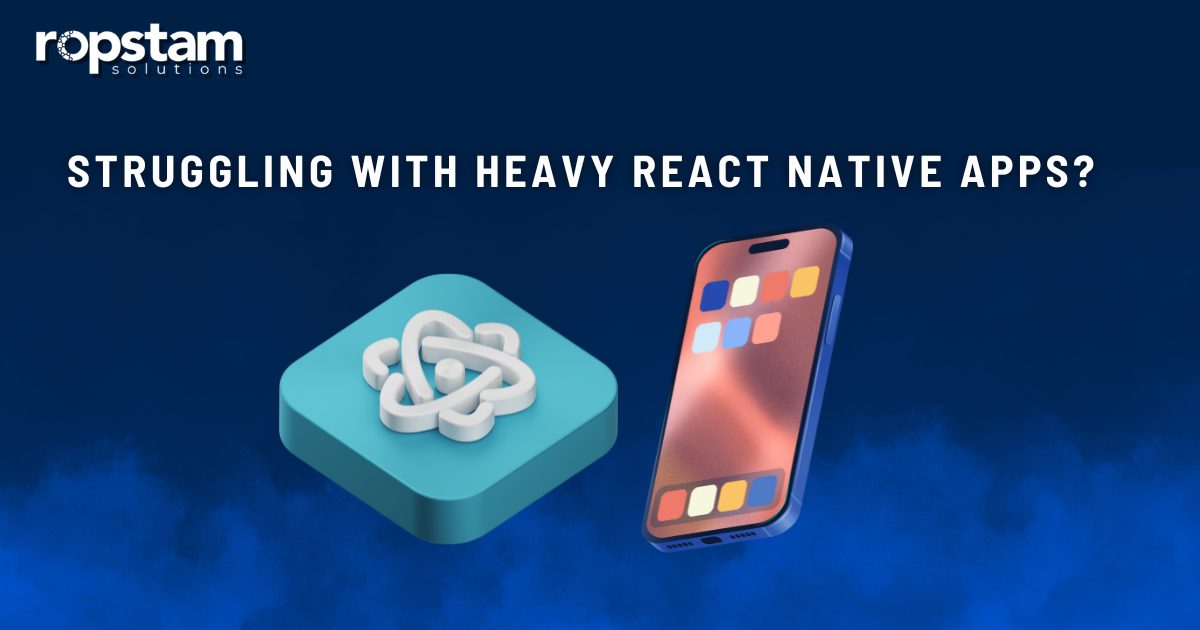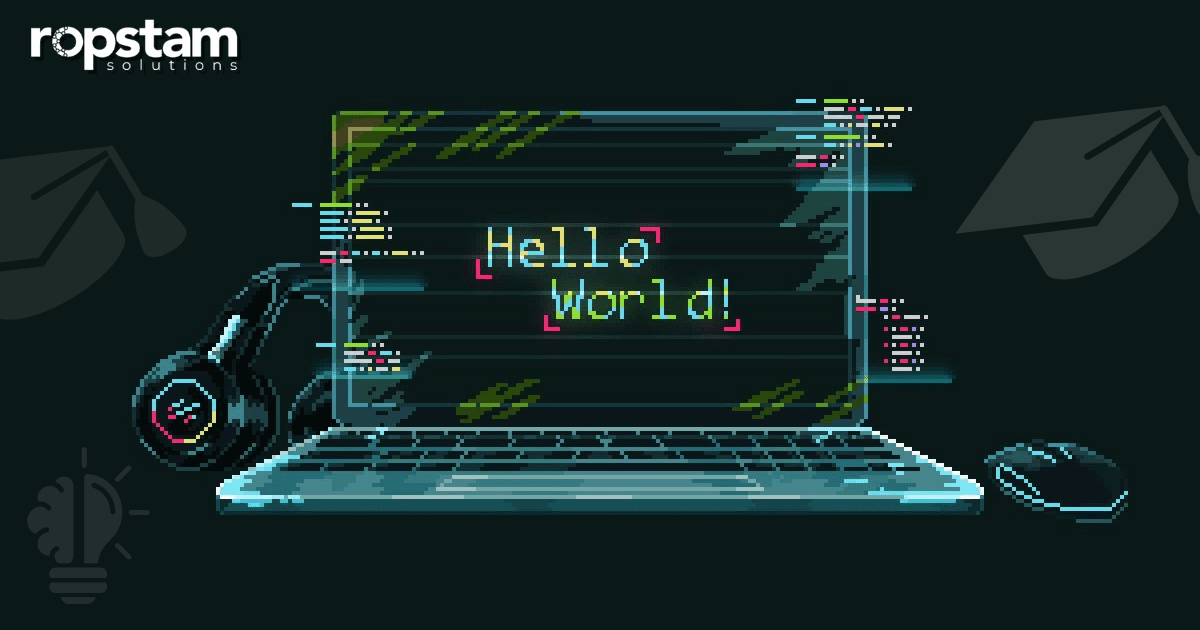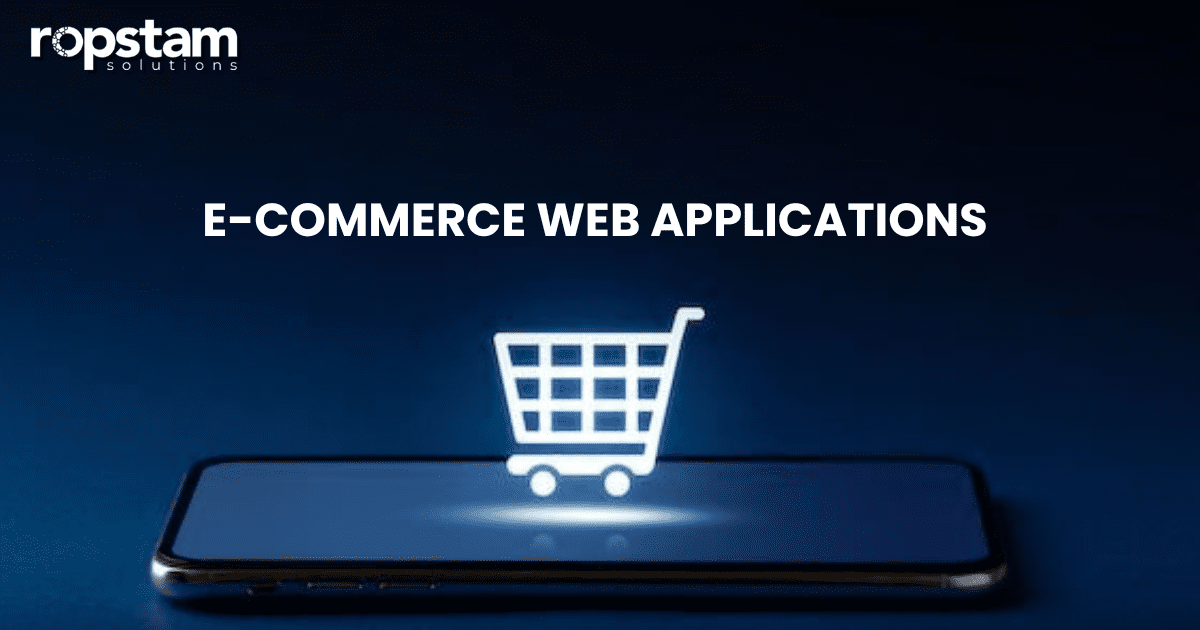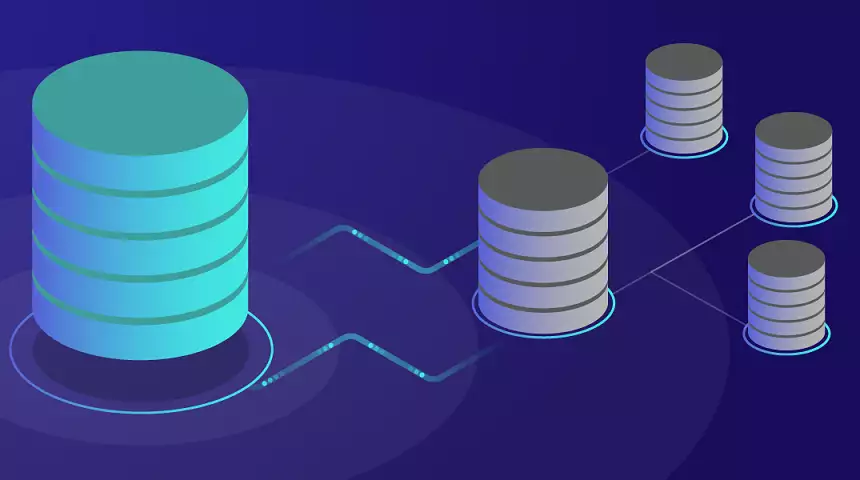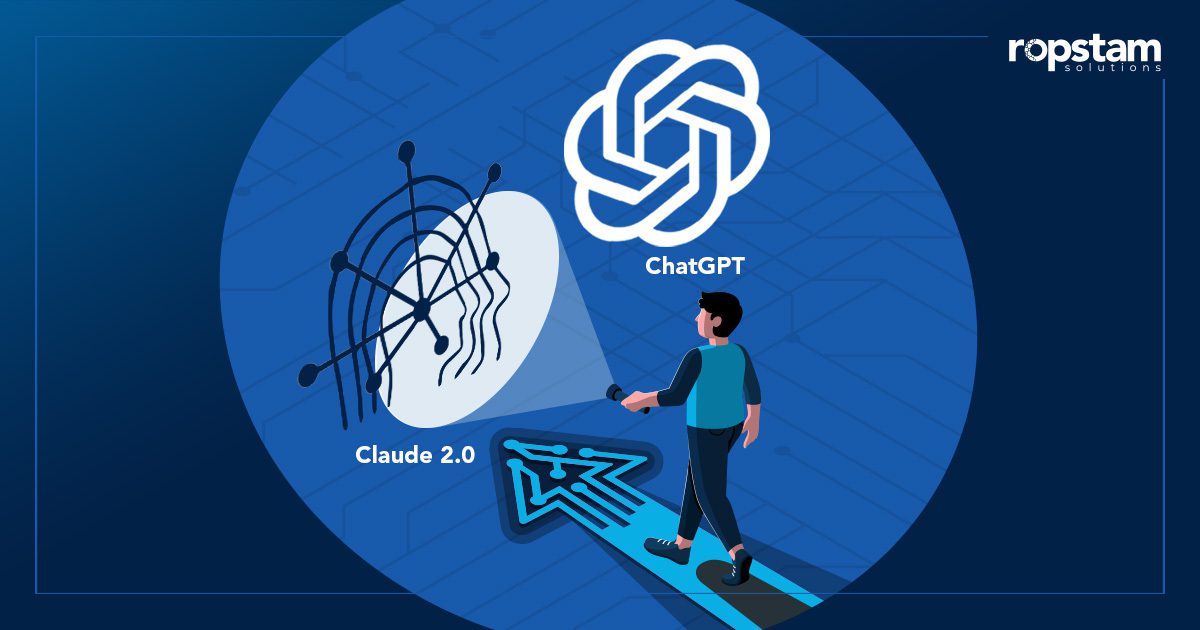Every mobile developer has faced this nightmare: after weeks of polishing an app, the release build ends up much heavier than expected. That excitement you felt about shipping your project suddenly turns into disappointment when the final APK or IPA is bloated with unnecessary megabytes.
You upload it to the Play Store or App Store, and the first reviews trickle in, not about your brilliant features, but about the app being “too big” or “slow to install.” Some users never even hit the download button because they don’t want to waste data on an oversized app.
This isn’t just about technical optimization, it’s about user trust. In today’s mobile-first world, people are spoiled for choice. If your React Native app is heavy and slow, they’ll happily jump to a competitor offering a smoother, leaner experience.
But here’s the good news: app size bloat isn’t permanent. With the right strategies, you can dramatically reduce the size of your React Native application, improve performance, and win back your users’ confidence without sacrificing the features you’ve worked so hard to build.
Size
When we talk about shrinking React Native apps, “size” is more than just a number on a file. It’s a direct reflection of how users experience your product before they’ve even opened it. Think about this: most users discover your app on the Play Store or App Store, see the download button, and immediately notice the file size. If it’s too large, they hesitate. In fact, research shows that every additional 10MB in app size increases the chances of users abandoning the download, especially in regions with slower internet or expensive mobile data.
A bulky app size doesn’t just hurt downloads it slows down installs, eats up phone storage, and even impacts updates. Every time you release a new version, users must download the entire app again, and if that app is unnecessarily large, many will delay or skip updates altogether. That means they miss bug fixes, new features, and security patches, which isn’t good for them or for you.
Controlling app size requires looking at your build like a backpack. What are you carrying that you don’t actually need? This includes unused libraries, unoptimized assets, redundant code, or multiple architecture binaries that we talked about earlier. A lighter app not only feels snappier but also builds trust with your audience because it respects their device limitations.
For Android, app size also directly ties to Play Store ranking and install rates. Google has openly stated that smaller apps have higher install conversion rates. On iOS, smaller apps fit neatly into limited storage environments and give a smoother onboarding experience. Simply put, app size isn’t just a technical metric it’s a business metric that affects adoption, retention, and long-term engagement.
If you’re serious about making your React Native app successful, monitoring and reducing size should be a continuous process, not a one-time fix.
Bundle
At the heart of every React Native app lies the JavaScript bundle. If it’s bloated, your app feels sluggish before it even starts. Tools like Metro handle basic minification, but you can push further by enabling Proguard on Android and switching to the Hermes engine.
Hermes reduces the bundle size, compiles code into bytecode ahead of time, and improves startup speed. It’s one of the simplest, most effective ways to shrink your React Native app without losing functionality.
Libraries
One of the biggest culprits behind bloated React Native apps is third-party libraries. At first, installing a package feels harmless just a quick npm install or yarn add and you’re good to go. But over time, those libraries start piling up. Before you know it, your project has dozens of dependencies, many of which you’re only using for a single function or feature.
The hidden problem here is that most libraries aren’t lightweight. A date library might bring in hundreds of kilobytes of code, even if you’re just formatting one date string. A UI library might import multiple unused components and styles. When you add several of these, your app size balloons without you even realizing it.
The smarter approach is to audit your dependencies regularly. Look at your package.json and ask yourself: Do I still use this library? Do I use enough of its functionality to justify its size? Is there a lighter alternative?
For instance, many developers use Moment.js for date handling, but Moment is heavy and no longer actively developed. A better option might be Day.js, which offers nearly the same functionality but is only a fraction of the size. Or better yet, you can use built-in JavaScript methods like Intl.DateTimeFormat to format dates without pulling in any external package at all.
Another common issue is animation or utility libraries. Instead of importing a full-featured package, consider writing small helper functions tailored to your specific needs. Not only does this keep your app lighter, but it also gives you more control and fewer external points of failure.
Remember this rule: every library is borrowed weight. The less you borrow, the lighter and faster your app becomes.
Native
While JavaScript and assets often get the blame for app size, native code is another major culprit that many developers overlook. React Native apps frequently ship with binaries for multiple CPU architectures like ARMv7, ARM64, and x86 all bundled together in one release build. The logic behind this is simple: to make sure your app works on as many devices as possible. But here’s the catch: most users only ever need one of those architectures.
That means every install includes code that will never, ever be used. It’s like giving every airline passenger three sets of luggage, even though they only checked in one. The result? Your APK or IPA size grows unnecessarily, and users pay the price with larger downloads and slower installs.
The solution is to split your builds. On Android, you can create split APKs or use the Android App Bundle (AAB) format, which Google now strongly recommends. This way, the Play Store delivers only the architecture-specific binary that matches the user’s device. No wasted code, no unnecessary baggage. Users get a smaller, faster download tailored to their phone.
On iOS, you don’t have APK splitting, but you do have App Thinning and Bitcode. App Thinning ensures that when a user downloads your app, they only receive the assets and resources that their device needs. If you’ve included images for multiple screen densities or localized content for several languages, iOS will deliver only the relevant ones. Again, this reduces both download size and on-device storage usage.
Another area to watch is third-party SDKs. Many native modules, like analytics or payment SDKs, ship with large amounts of unused code. For example, an ad SDK might support multiple ad formats you never actually implement. Whenever possible, configure these SDKs to include only the features you need or choose lighter alternatives.
By being strategic about native code, you can often shave dozens of megabytes off your app size. And unlike some optimizations, this one doesn’t require sacrificing features, it’s simply about delivering only what’s necessary for each user.
Assets
Images, fonts, videos, and icons often contribute more to app size than code itself. High-resolution images that haven’t been compressed or unused font weights can balloon your package.
The fix is simple: compress your images, use WebP instead of PNG or JPEG, and rely on SVGs for scalable graphics. Trim your fonts to only the styles you actually use, and avoid embedding videos directly into the app.
Optimizing assets is often the quickest win; you can cut dozens of megabytes in just a few steps.
Fonts
Fonts are one of those sneaky contributors to app size that developers often overlook. You might think: It’s just a font file, how much space can it really take? But in reality, fonts can add megabytes to your build especially if you’re bundling multiple weights and families. If your app includes bold, italic, medium, light, and custom decorative fonts for multiple languages, the combined weight adds up quickly.
Most of the time, users don’t need every font variation. They just need a clean, readable set that looks consistent across screens. Yet developers often end up embedding entire font families simply because it feels “safe.” The problem? Each of those unused weights and styles travels with every install, bloating the app for everyone even if they’re never used in the UI.
The key here is subsetting fonts. Instead of including the full font family, you can strip down the font files to only the characters, languages, and weights your app actually uses. For example, if your app doesn’t need Cyrillic or Japanese characters, why carry them around? Tools like Font Squirrel or Google’s woff2 compressions can trim your font files dramatically.
Another strategy is to use system fonts wherever possible. Both iOS and Android provide sleek, optimized native fonts San Francisco on iOS and Roboto on Android that are already available on the device. By relying on system fonts, you not only cut down on app size but also deliver a familiar, consistent experience that feels native to each platform.
For apps that must include custom branding fonts, focus on only the essentials. If your UI relies on bold for headers and regular for body text, you don’t need five other variations sitting in your bundle. By making these small but thoughtful font choices, you can easily save several megabytes without sacrificing design.
And here’s the human side: faster load times and cleaner typography aren’t just technical wins they improve readability, accessibility, and overall UX. Users may not consciously notice that your fonts are optimized, but they will feel that your app is smooth, fast, and professional.
Conclusion
At its core, app size optimization is about more than just trimming megabytes; it’s about building trust and delivering respect. A bloated app sends the wrong message: that your development process is careless, that you didn’t think about the user’s storage or data costs, that you prioritized convenience over experience. But a lean, fast, well-optimized app feels like craftsmanship. It shows your users that you care about their phones as much as they do.
Think about the apps you personally love using WhatsApp, Instagram, or Spotify. Despite being packed with features, they remain surprisingly lightweight and efficient because their teams treat optimization as a core part of product design, not an afterthought. This attention to detail is one reason why users keep them installed for years.
If you want your React Native app to enjoy the same kind of loyalty, you need to see size reduction as an ongoing responsibility. Every new library, every new image, every new feature should be asked the same question: Does this make my app heavier than it needs to be? If the answer is yes, find a smarter way.
The payoff is huge. A smaller app installs faster, launches quicker, and stays on users’ phones longer. It earns better reviews, higher retention, and stronger word of mouth. In the hyper-competitive app market, these small technical wins translate directly into long-term success.
So the next time you prepare for release, don’t just test features and fix bugs. Step back and ask: Am I giving my users the lightweight, respectful, and high-performing app they deserve? If not, the good news is you now know exactly how to fix it. Shrink your app, speed it up, and watch your users thank you in the form of loyalty that no marketing budget can buy.

